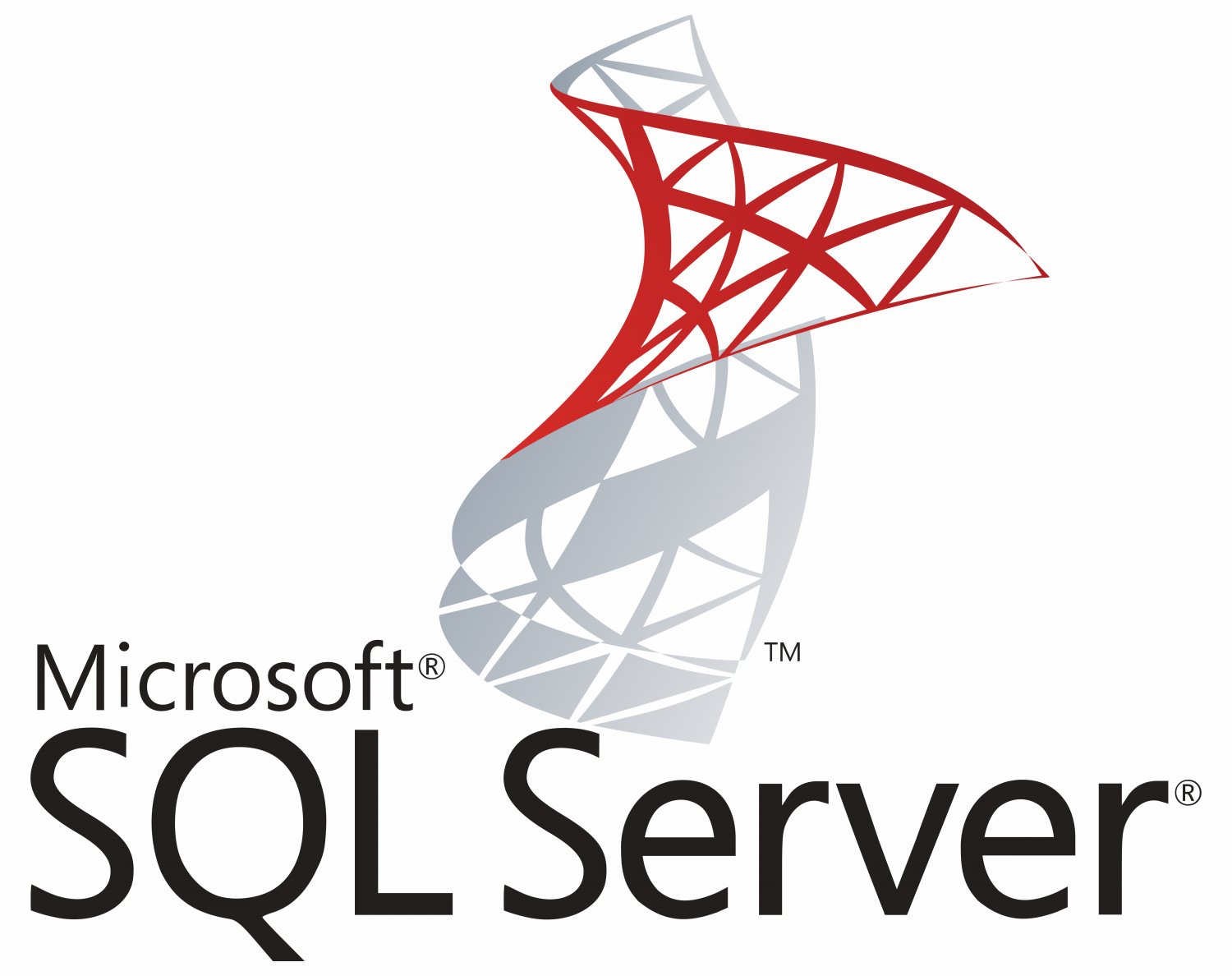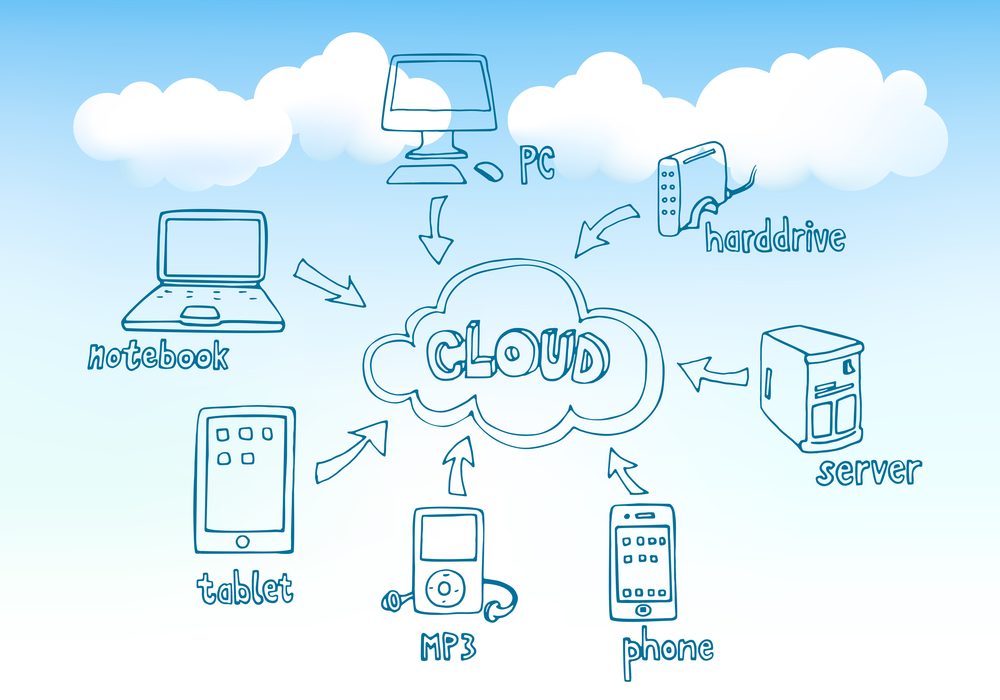Microsoft SQL Server is a relational database management system (RDBMS), launched by Microsoft 29 years ago, on April 24, 1989, as SQL Server 1.0. Microsoft has regularly upgraded SQL Server and the current version is SQL Server 2017. According to Microsoft, SQL Server 2017 is the “only commercial DB with AI built-in”.
DBEngines rates Microsoft SQL Server as the third most popular RDBMS, after Oracle and MySQL. Microsft is one of the top players in the enterprise-level database market as 98 companies in the Fortune 100 use SQL Server and “more than 70 percent of on-premises server workloads run on Windows Server”.
Microsoft still supports several versions of SQL Server that it has launched over the years. The versions still supported by Microsoft include
-
SQL Server 2017
-
SQL Server 2016,
-
SQL Server 2014,
-
SQL Server 2012
-
SQL Server 2008 R2
You can check Microsoft’s SQL Server current support status by visiting Microsoft’s product lifecycle page.
SQL Server 2017:
Microsoft released SQL Server 2017 in October 2017, 15 months after launching SQL Server 2016. Around the time of launch, Redmondmag noted that “Microsoft’s rapid development means more frequent releases, which delivers more value to customers who pay for Software Assurance (SA).
Microsoft SQL Server 2017 supports several platforms and languages including T-SQL, PHP, Java, Node.js, C/C++, C#/VB.NET, Python, and Ruby. It also supports deployment on RedHat Enterprise Linux (RHEL), Ubuntu, and SUSE Linux Enterprise Server (SLES). The SQL Server 2017 SKUs are platform agnostic, which means the software can run on Windows or Linux.

SQL Server 2017 editions:
| SQL Server 2017 Enterprise | SQL Server 2017 Standard | SQL Server 2017 Express | SQL Server 2017 Developer | SQL Server 2017 Web |
|---|
Enterprise
The top of the line SQL Server Edition offers the maximum set of features, including unlimited number of cores, maximum size of 524 PB, data management, advanced adaptive query processing, advanced security features, Mobile BI and Advanced R and Python integration.
Standard
The standard edition offers a maximum of 24 cores, 128 GB Memory and can be as large as 524 PB. It lacks certain features of enterprise edition such as Enterprise data management, Advanced HA, advanced adaptive query processing, certain security features, advanced data integration, Mobile BI and a few more.
Express
This edition is free to use and is designed for small applications. It offers development and management tools, easy backup and
Developer
This edition is also free to use and is designed for developers to build test and check their applications in non-production environments. All Enterprise Edition features will be available for use.
Web
SQL Server Web is a low-cost ownership edition designed for small to large scale Web properties.
SQL Server Evaluation edition is available for a trial period of 180 days.
Edition Limits:
| Feature | Enterprise | Standard | Web | Express with Advanced Services | Express |
| Maximum compute capacity used by a single instance – SQL Server Database Engine1 | Operating system maximum | Limited to lesser of 4 sockets or 24 cores | Limited to lesser of 4 sockets or 16 cores | Limited to lesser of 1 socket or 4 cores | Limited to lesser of 1 socket or 4 cores |
| Maximum compute capacity used by a single instance – Analysis Services or Reporting Services | Operating system maximum | Limited to lesser of 4 sockets or 24 cores | Limited to lesser of 4 sockets or 16 cores | Limited to lesser of 1 socket or 4 cores | Limited to lesser of 1 socket or 4 cores |
| Maximum memory for buffer pool per instance of SQL Server Database Engine | Operating System Maximum | 128 GB | 64 GB | 1410 MB | 1410 MB |
| Maximum memory for Columnstore segment cache per instance of SQL Server Database Engine | Unlimited memory | 32 GB | 16 GB | 352 MB | 352 MB |
| Maximum memory-optimized data size per database in SQL Server Database Engine | Unlimited memory | 32 GB | 16 GB | 352 MB | 352 MB |
| Maximum memory utilized per instance of Analysis Services | Operating System Maximum | Tabular: 16 GB,MOLAP: 64 GB | N/A | N/A | N/A |
| Maximum memory utilized per instance of Reporting Services | Operating System Maximum | 64 GB | 64 GB | 4 GB | N/A |
| Maximum relational database size | 524 PB | 524 PB | 524 PB | 10 GB | 10 GB |
Key Features of SQL Server 2017 (As listed by Microsoft)
Support for Windows and Linux operating systems and Docker containers.
Any cloud, any platform including OpenShift, Red Hat OpenStack, and Kubernetes
License Mobility enables on-premises licenses to be used in the cloud
Speed query performance without tuning using Adaptive Query Processing and Automatic Plan Correction
Faster transactions with In-Memory OLTP and up to 100x faster analytics with In-Memory ColumnStore
Real-time operational analytics when you combine in-memory technologies
Fewest NIST vulnerabilities (National Institute of Standards and Technology Comprehensive Vulnerability Database update 2017) over the last 7 years
Encrypt data at rest and in use with Always Encrypted and Transparent Data Encryption (TDE)
Dynamic Data Masking conceals sensitive data Control access to database rows with Row-Level Security
Bring scalable, high performance and parallelized R and Python-based analytics to where your data lives
Native scoring in T-SQL for analytics in near real-time
Advanced Machine Learning algorithms with GPUs
Store and analyze highly interconnected data and relationships with graph data support
PolyBase enables easy querying across SQL Server and data stored in Hadoop
Hadoop combined with SQL Server provides value and insight from data lakes
Rich visualizations using enhanced Reporting Services
Mobile Reporting on iOS, Windows and Android mobile devices
Get the updated Report Viewer as a free developer component
List of SQL Server 2017 Components and Tools:
Server components
-
SQL Server Database Engine
-
Analysis Services
-
Reporting Services
-
Integration Services
-
Master Data Services
-
Machine Learning Services (In-Database)
-
Machine Learning Server (Standalone)
Management tools
-
SQL Server Management Studio
-
SQL Server Configuration Manager
-
SQL Server Profiler
-
Database Engine Tuning Advisor
-
Data Quality Client
-
SQL Server Data Tools
-
Connectivity Components




